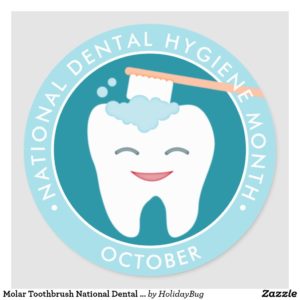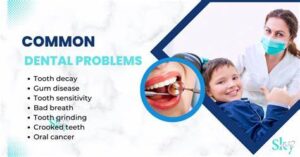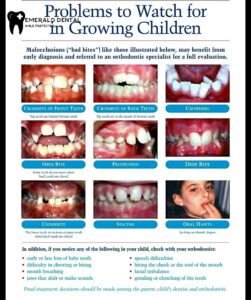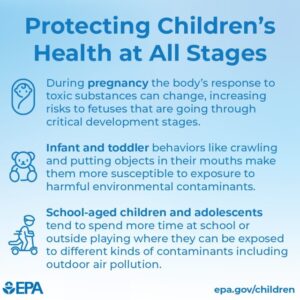
Unhealthy relationships can start early and last a lifetime. Teens often think some behaviors, like teasing and name calling, are a “normal” part of a relationship. However, these behaviors can become abusive and develop into more serious forms of violence.
Teen Dating Violence is defined as the physical, sexual, psychological, or emotional violence within a dating relationship, including stalking. It can occur in person or electronically and might occur between a current or former dating partner. Several different words are used to describe teen dating violence. Look below.
- Relationship abuse
- Intimate partner violence
- Relationship violence
- Dating abuse
- Domestic abuse
- Domestic violenceA 2013 Survey found approximately 10% of high school students reported physical victimization and 10% reported sexual victimization from a dating partner in the 12 months before they were surveyed.Read on to know the negative effects of teenage dating: Most teenagers lack the proper understanding of balancing friendship and dating causing even best friends to grow apart. This also implies increasing isolation with their new found boyfriends or girlfriends making them further unavailable and unexposed to potential friends in their immediate circle.The most visible negative impact of teenage dating is the school grades. Teenagers lose interest in studies and this is emblematic of their shifting priorities in life. This involves a double failure when teenagers lose their marks in class followed by problems in a relationship on the personal front.
- Teenage dating deals more with exploring their new-found youthfulness than exploring the extent of love. This makes them reduce a relationship to the concept of possessing a boyfriend or a girlfriend making them lose sight of what is important. This is why we have more cases of teenage dating than cases of everlasting friendship.
- The biggest threat about teenage dating is their inability to maintain a relationship. Teenagers mostly, do not understand the necessity of sustaining a relationship over a period of time. Therefore, frequent break ups and fights lead to attempts of suicide, teenage pregnancy or mental instability in extreme cases. This happens due to lack of experience and a broader understanding of what relationships are.
- Teenage dating has been possible in the modern times due to modernisation and free flowing communication. As a result, it also comes with a set of negative implications.
- Dating violence is widespread with serious long-term and short-term effects. Many teens do not report it because they are afraid to tell friends and family. A 2011 CDC nationwide survey found that 23% of females and 14% of males who ever experienced rape, physical violence, or stalking by an intimate partner, first experienced some form of partner violence between 11 and 17 years of age.
Consequences of Dating Violence
These harmful behaviors can have long-lasting effects on teens, including:
- Depression or anxiety
- Loss of interest in activities they once enjoyed
- Experimentation with drugs or alcohol
- Suicidal thoughts
Teens who experience violence in relationships during adolescence are also more likely to encounter violence as adults.
Dating violence can have serious consequences. While the immediate impact might be humiliation and/or physical pain, young people who experience abuse are more likely to be in physical fights or bring weapons to school. They might exhibit higher rates of drug and alcohol abuse as well as high-risk sexual behaviors. Targets of abuse are also more likely to contemplate or attempt suicide.
Here are some consequences the target may experience:
Lose confidence in oneself
Become afraid to express feelings of anger
Suffer serious injury, even death
Begin to doubt their own abilities, feelings, and decision-making ability
Feel isolation from family and friends
Feel shame and guilt
Feel lonely
Face inability to maintain long-lasting or fulfilling relationships
Get a sexually transmitted infection
Experience an unwanted pregnancy
Build up large doctor or lawyer expenses
Abandon dreams and goals
Become depressed, anxious, fearful, or suicidal
Begin having problems at work, school, and other activities
Experience damage to personal property
Here are some consequences the perpetrator may experience:
Get arrested
Unable to attend college due to criminal record
Spend time in jail
Experience feelings of shame and guilt
Feel isolation from family and friends
Face inability to maintain long-lasting or fulfilling relationships
Contract a sexually transmitted infection
Experience an unwanted pregnancy
Build up large doctor or lawyer expenses
Abandon dreams and goals
Become depressed, anxious, fearful, or suicidal
Begin having problems at work, school, and other activities
Lose dating partner’s love and respect
Have conflict with parents or other caregivers
Dating partner could end relationship
Dating has many positive benefits for teens, even if they easily get carried away with romantic feelings. Appropriate teen relationships lead to maturity in teenagers and a better understanding of adult relationships. Getting this practice in early allows teens to discover what they want and need out of romantic relationships. Through dating, teens gain essential tools in navigating the world and are better able to develop meaningful intimate relationships as adults.
The way to stop teen dating violence is through prevention. For a good recommendation of suggestions go to the Compiled by the Wisconsin Coalition Against Domestic Violence www.wcadv.org Adapted from Hope House of South Central Wisconsin. Remember you don’t want to have to treat it but instead take the action in preventing it.



















 up energy.
up energy.


